The Bar Harbor Story is generously sponsored by Margo H. Stanley Real Estate.
BAR HARBOR—Worried about the health of Hadley Point Beach and the potential of the water near it being shut down for harvesting, two local women who are also part of aquaculture businesses began work on making the beach cleaner, one bunch of algae and a few signs at a time.
The need is urgent because the water quality could impact both of the women’s businesses, the jobs of thirty locals and more.
“One dog poop can shut down the size of an American football field,” Fiona de Koning explained.
She is the co-owner of Hollander & de Koning, a sixth-generation family-owned and run mussel farm.
“You can’t be harvesting filter feeders when there’s poop around,” Mount Desert Island native Joanna Fogg said.
Fogg co-founded Bar Harbor Oyster Company, a 22-acre oyster farm in Mount Desert Narrows.
The issue for both of these businesses and anyone who harvests shellfish in the area is that if dogs and other animals defecate on the beach and it’s not cleaned up, that fecal matter mixes in with the ocean.
And that?
That is a big deal when it comes to the state gathering data as well as when it comes to the water quality in the area.
If the state shuts down the beach and the area nearby, it would be devastating for the businesses, particularly de Koning’s which is closer to the beach. Her business employs 19 people. Fogg’s employs 11.
HOW IT ALL WORKS
The state has sample stations that collect the data on random days. From the data collected, the state creates a P90 score, which Bar Harbor Marine Resource Committee Chair Chris Petersen was looking at on the Department of Marine Resources website recently.
What he found wasn’t good.
Looking at the microdata on the DMR website led to the beach’s P90 score. That score can be described as a kind of weighted average. It means that 90% of the samples are within acceptable limits and 10% aren’t. That is the standard. If the score reaches 31, then they state has to close the area for harvest, de Koning said.
If the P90 score reaches 31, then the state has to close the areas, she said. Right now the area is at 28.5.
“That would be a huge closure. It would include Joanna’s piece, Old Point, and our mussel farm here,” de Koning said.
It would impact the wet storage harvesters use in the area. It would close the clam flats for recreational and commercial harvesters of all the shellfish in the impacted spot.
The trouble comes because there have been a few high scores recently in the data set that uses six years of scores to determine that overall P90 score. A particularly high score was three years ago.
As Hadley becomes more popular, overall those scores have been increasing. The more used the beach is, the higher the score has been.
“We don’t have much wiggle room,” de Koning said. “We can’t get a high score on this beach for six months.”
A closure would have huge implications for her business.
“We wouldn’t be able to survive. These two leases are the majority of our production sites,” she said.
The data changes annually for the state. The trend is worsening. It takes three years to get past a high score and then the town has to try not to ever get that high score again.
“We’re on borrowed time for three years,” de Koning said. “The waters are so pristine and of course, they have to be if you’re growing food.”
Filter feeders help keep it that way. These aquatic animals are basically water-cleaning ecosystem engineers. They feed on food particles, organic matter, or tiny organisms that are suspended in the water. An organ within them filters or sieves out and traps solids.
The filter feeders help keep the water clean while also becoming a food source for humans and other creatures.
“I have a little bit of space from this exact area. Water quality is the foundation of our product,” Fogg said of the risk to her business. “We all have to stick together when it comes to protecting the waters that we farm.”
When it comes to the environment, bivalve farming is lauded for being environmentally beneficial. It doesn’t require fertilizers, arable land, food sources other than what’s present in the sea, or fresh water.
LET’S TALK POOP
“The scores are directly correlated to waste, mainly dog waste,” Fogg said.
When dogs defecate on the beach and that is not bagged and cleaned up, the bacteria gets into the water. If the state tests right after a dog poops, that score for bacteria is going to be quite high.
It’s not just dogs, though it is likely mostly dogs.
Lobster shells discarded after a lobster bake or clam shells abandoned at the end of the boat ramp also attracts other animals to the area. Those animals also might defecate near the water.
"It becomes an animal attractant,” de Koning said of the shells and food waste.
The more animals, the more fecal matter. The more fecal matter, the more bacteria.
“It’s all about poop. You can’t eat poop. So, we’re on red alert,” de Koning said, though she stressed that everyone loves dogs and wants dogs to use the beach with their owners.
They just want the people to pick up the dog’s poop and have an easy way to do it.
NEXT STEPS: CLEAN-UPS, SIGNS, AWARENESS AND AN ANIMAL-SAFE TRASH CAN
Giving people an easy way to pick up the poop and dispose of it is part of the problem. De Koning has been working with Bar Harbor Shellfish Warden Chris Johansen toward increasing signs in the area to help people understand to not leave food there and to not leave poop there either.
They’ve also been talking about signs, cleaning up the seaweed periodically, and putting up a trash receptacle.
“People are just throwing them in the woods,” Fogg said of dog poop bags. “I don’t think people mean to do it.”
At the beach, many people won’t wrap the poop in the plastic because they think the plastic hurts the environment more than just leaving the poop, unwrapped, on the beach for the ocean tide to claim, she said.
However, that is exactly what can cause spikes in the data and more bacteria in the water.
When de Koning spoke to a representative from Acadia National Park about how they encourage the removal of dog feces from the park, the staff member told her that most of the trash left is there inadvertently or because of a lack of understanding.
Nobody wants the enjoyment of the beach to stop, the women stressed. They just want to keep the beach and the water as clean as possible, as clean as it’s known for.
To do that, they are looking into ways to both provide dog poop bags and a trash receptacle that isn’t so big that people dump mattresses into it, which has happened in the past, but is big enough to capture food waste and dog poop bags.
How important is that?
So important that de Koning said her company will pay for a trash receptacle if the town will let them. The town has to give them permission to place it. The town’s Parks and Recreation Committee makes recommendations to the council about things at the beach. The public works department is in charge of the waste and clean-up. Getting all those pieces together might take a while.
However, de Koning is worried they don’t have a while.
“This is a bit of a fright. The DMR leapt onto this when we asked questions about it,” she said.
The DMR will be putting in more testing stations. She’s met with people who run a water quality lab in Lamoine. She’s talked to the chair of the parks and recreation committee, reached out to the public works director.
“This is not unique. There are other parts of the state are having the same problems,” de Koning said.
LEARNING FROM OTHERS AND PUTTING IN THE WORK
The cleanup on the beach Thursday focused on the seaweed on the waterline. The algae traps the waste and bacteria. The aquaculture workers collected it, used an excavator on loan from Marine Resource Committee Vice Chair Matt Gerard and dumped the algae into a container. That container was then sent to Gerard who will use it for other things.
A similar cleanup happened at Lamoine State Beach when it had a problem, de Koning said. They can learn from the successes there.
The other piece is letting people know what’s happening and how they can have an impact.
“We want to raise public awareness that a lot of shellfish harvesting happens here,” de Koning said.
“People come from all around. They love this place. We totally understand the joy people get from it, but we need to raise the awareness,” she said, that their actions have an impact.
All impacts are negative.
Fogg and de Koning’s actions and the actions of all of the people on the beach have an impact, too.
“We’re all hands on deck today,” de Koning said.
All the people cleaning up, except the kids—her granddaughters, were aquaculture workers.
“This won’t guarantee that we won’t still have a problem, but it will help,” de Koning said.
And that’s worth it not just for their businesses, but for all the people who harvest and all the people who enjoy the beach and the water around it.
Photos and video: Carrie Jones/Bar Harbor Story
LINKS TO LEARN MORE
Maine’s beach advisory status updates
MaineDMR Public Health - P90 Scores 2024
Bar Harbor’s Marine Resources Committee
Before clamming in any area in Bar Harbor (or anywhere) you should check to make sure the area is open. Potential shellfish closures are as listed:
Call the Department of Marine Resources Maine Red Tide and Shellfish Sanitation Hotline 1-800-232-4733 or 207-633-9571 with any other questions.
Follow us on Facebook. And as a reminder, you can easily view all our past stories and press releases here.
If you’d like to donate to help support us, you can, but no pressure! Just click here (about how you can give) or here (a direct link), which is the same as the button below.
If you’d like to sponsor the Bar Harbor Story, you can! Learn more here.







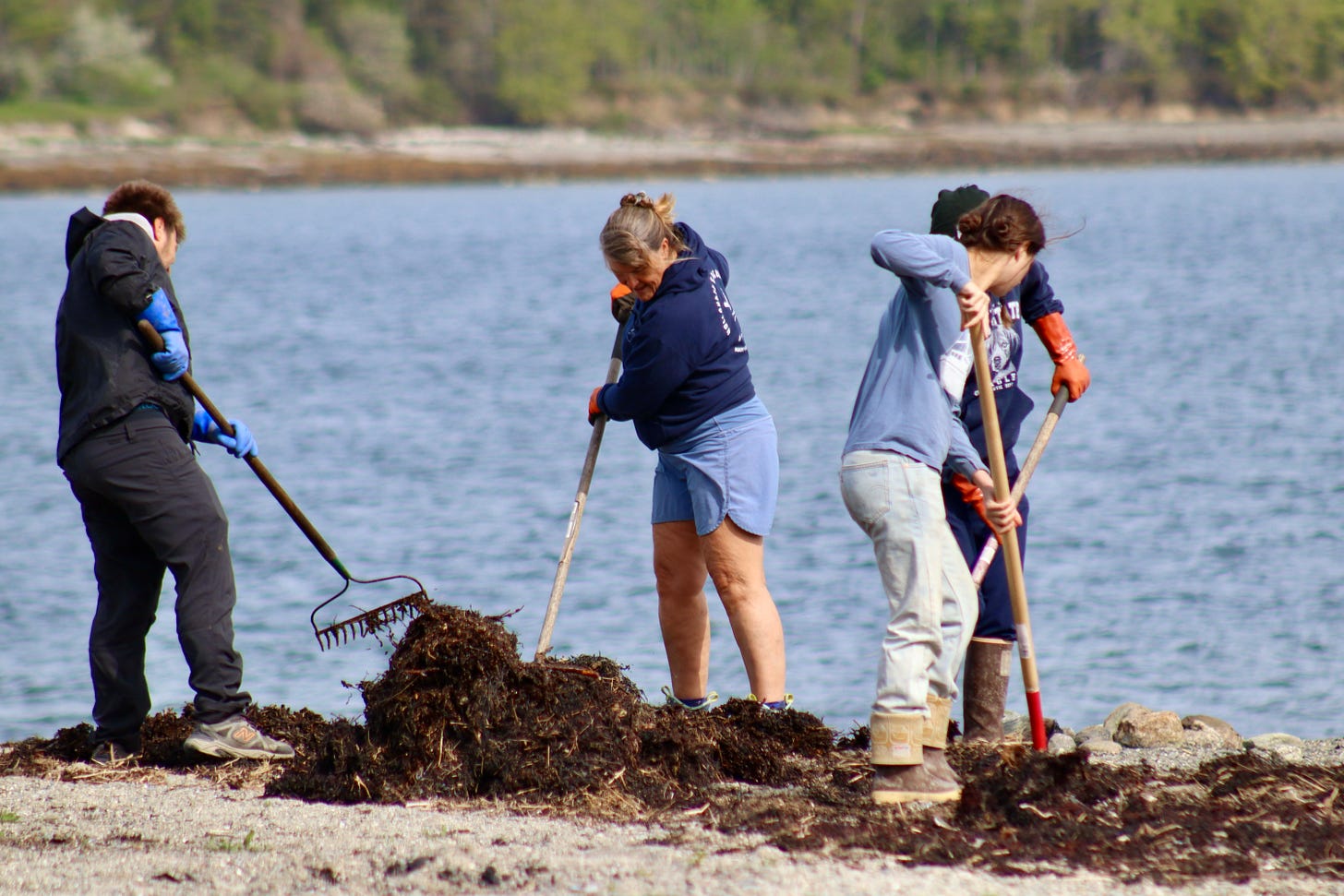
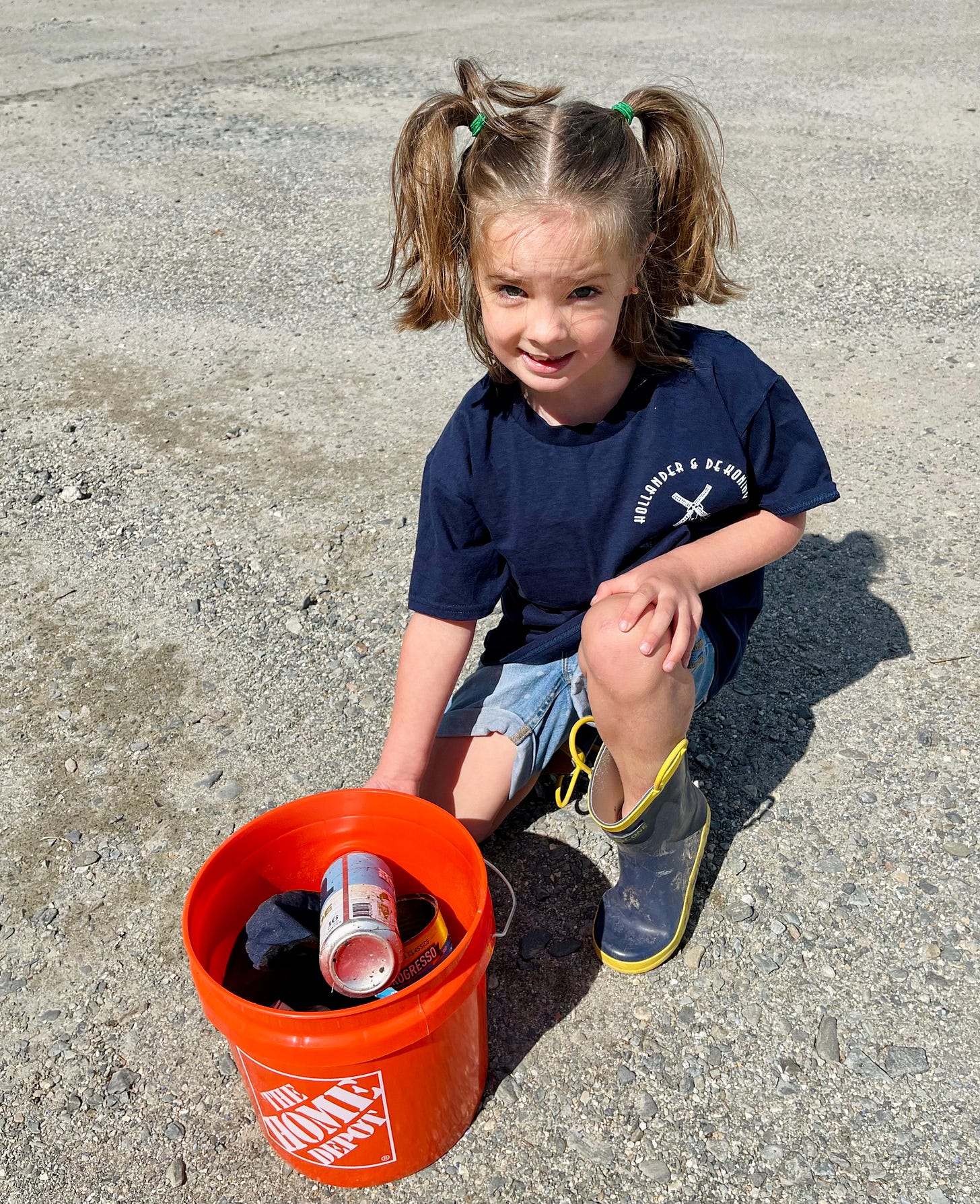
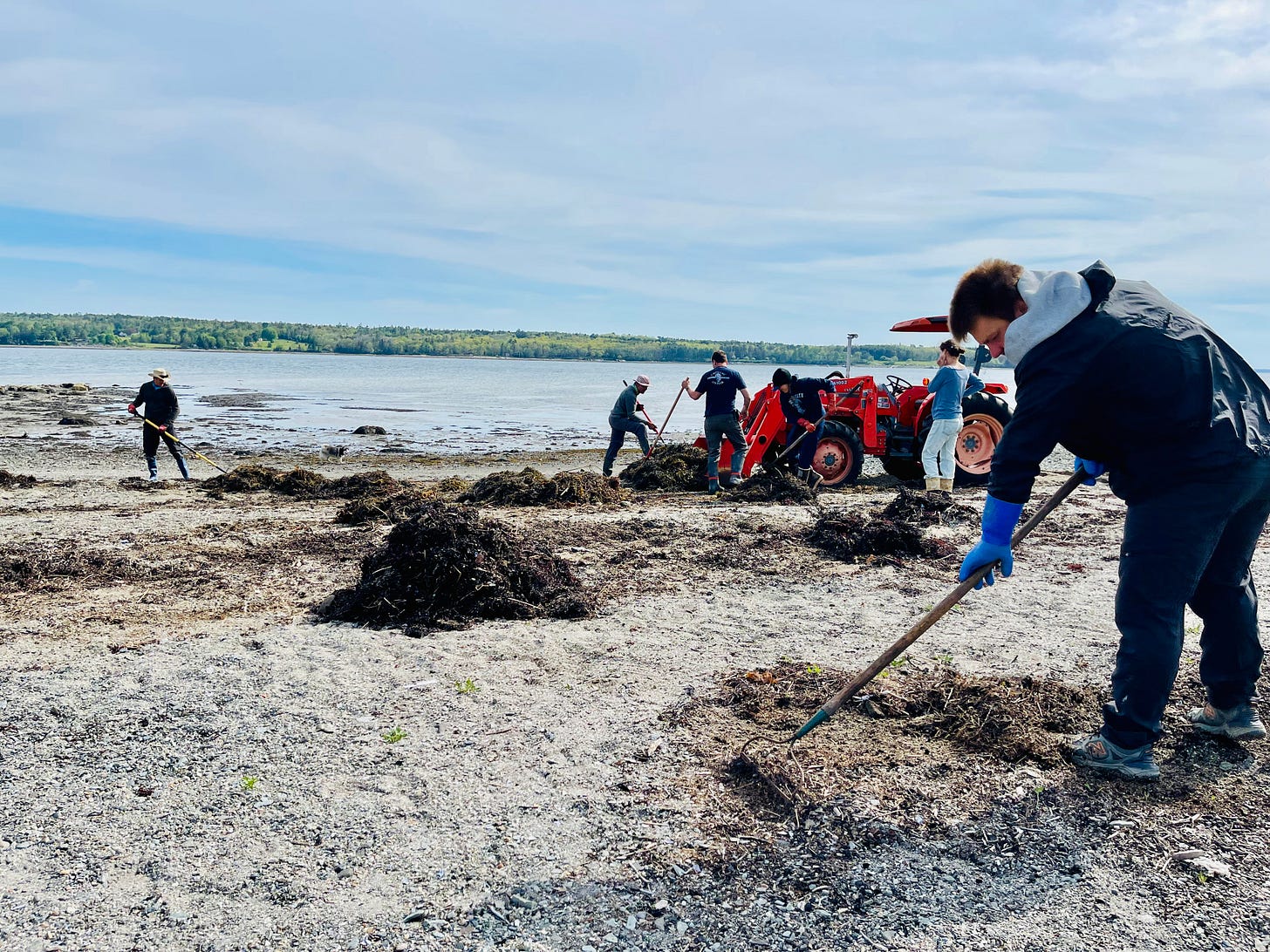
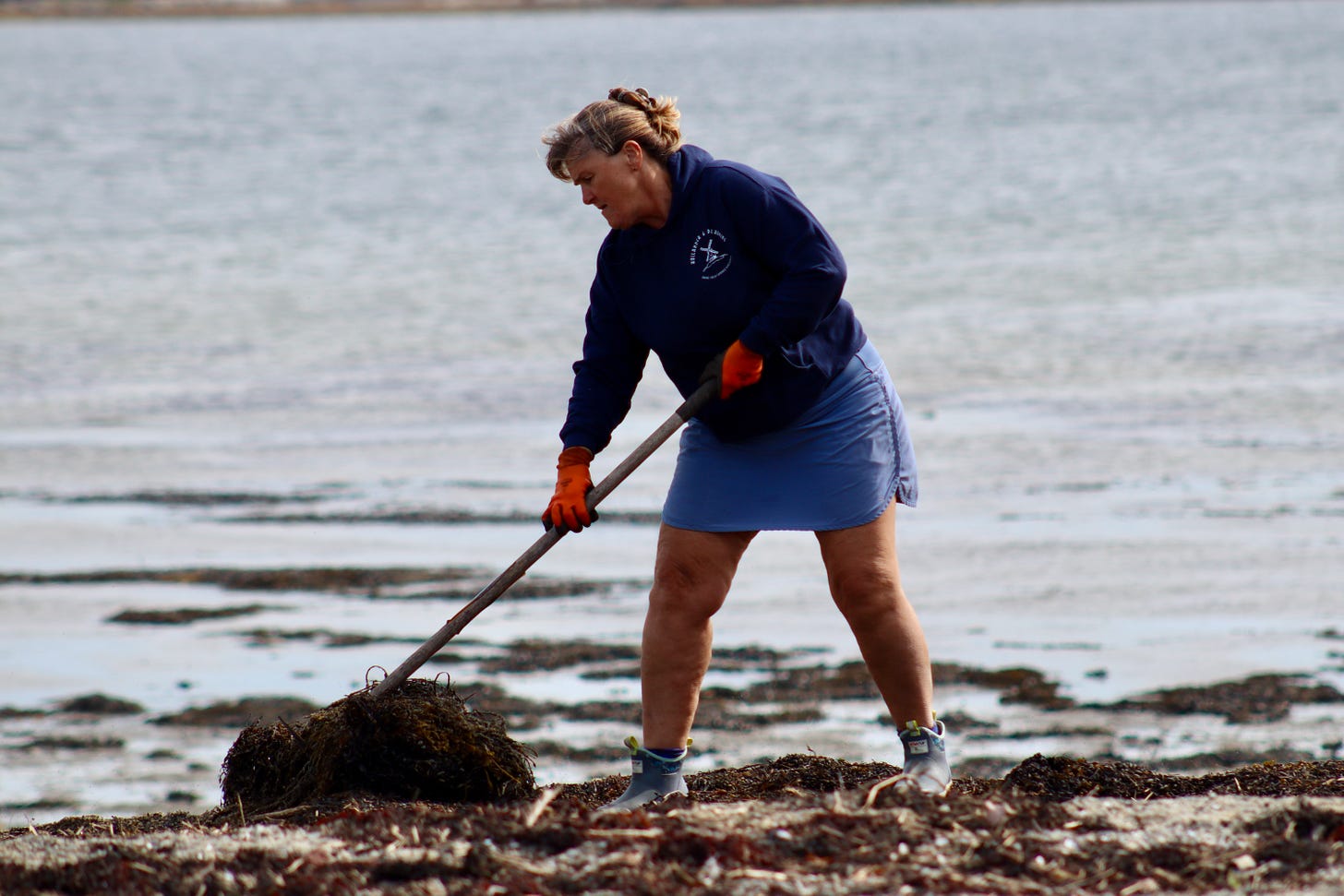

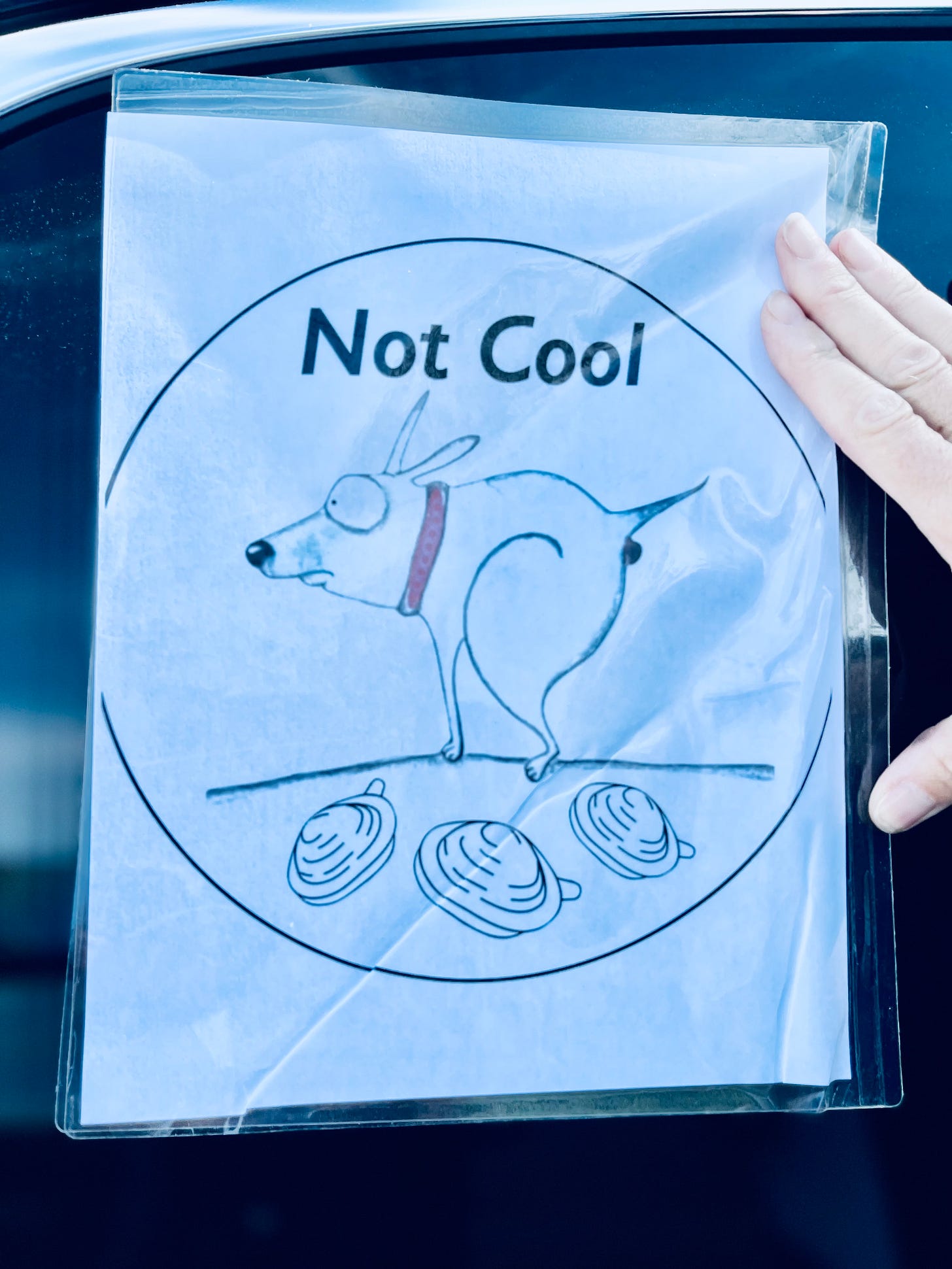
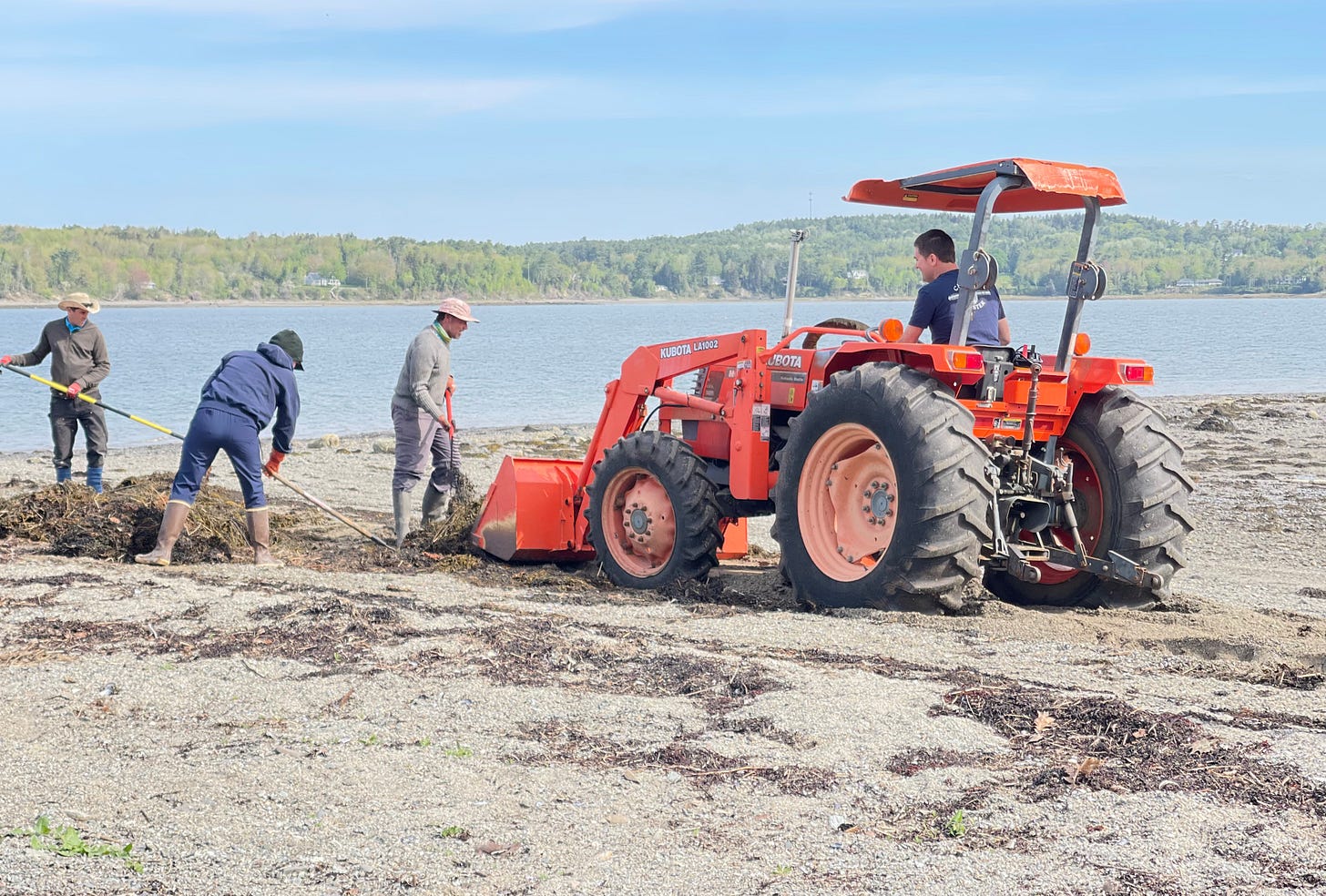

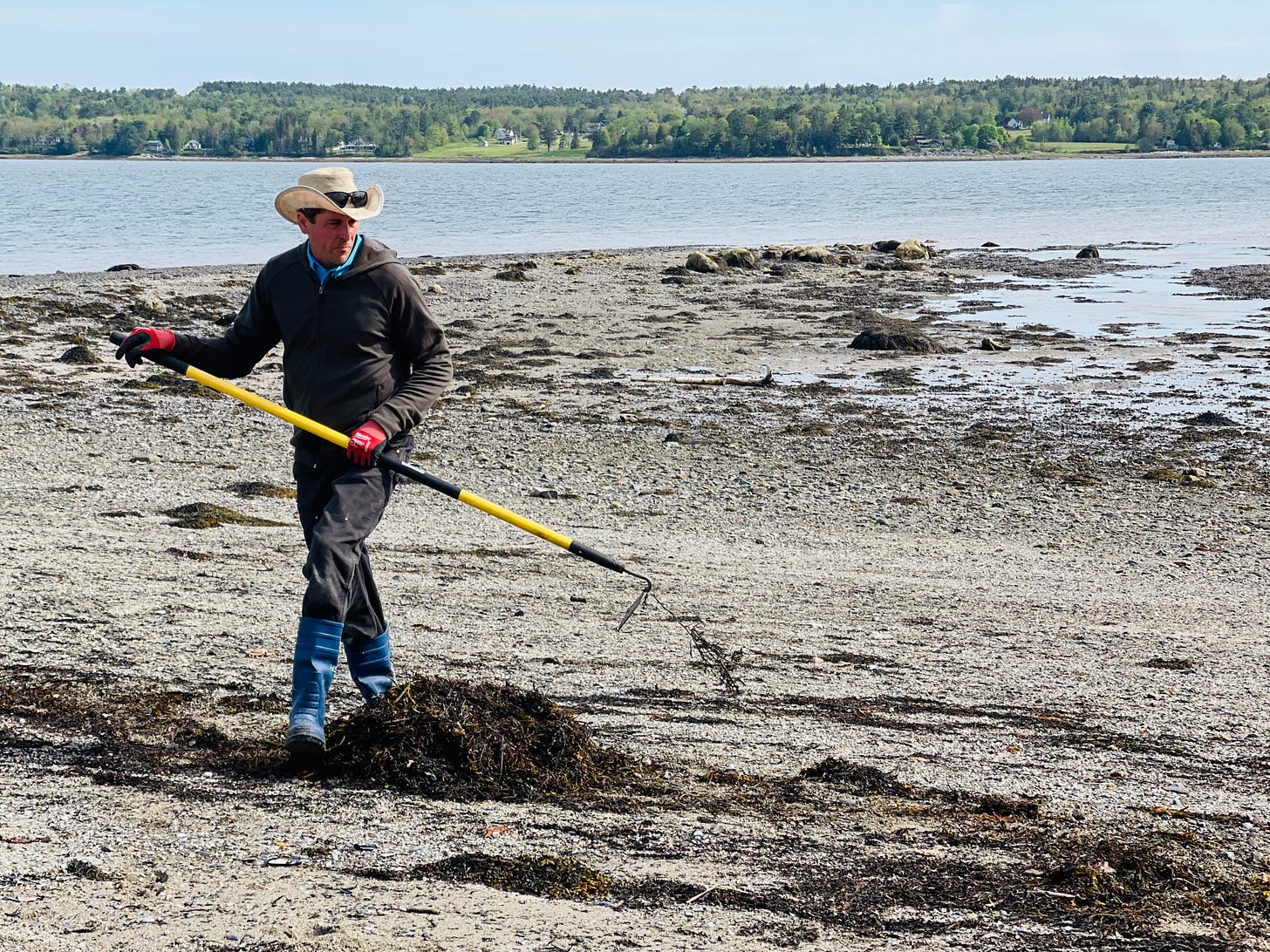

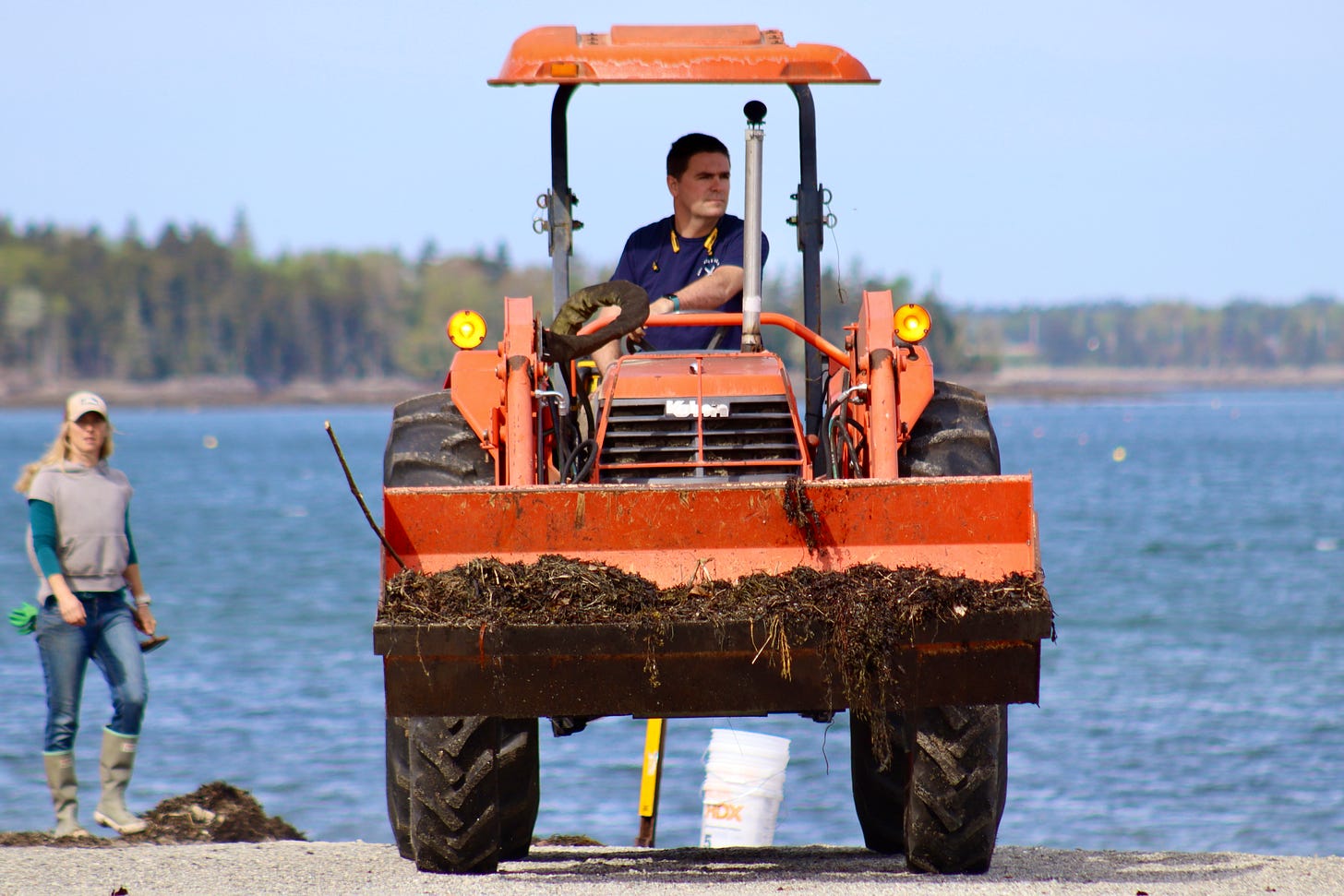
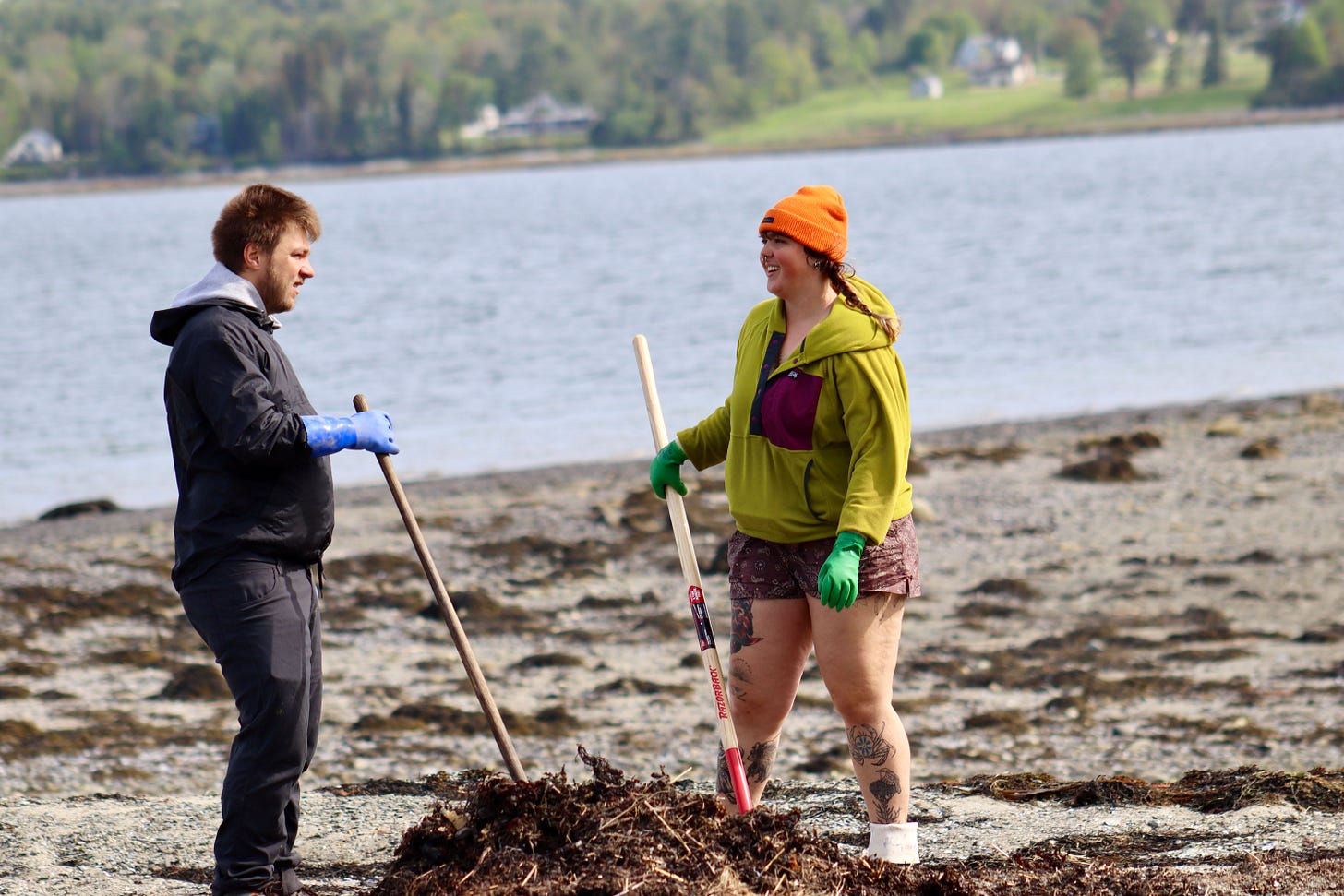
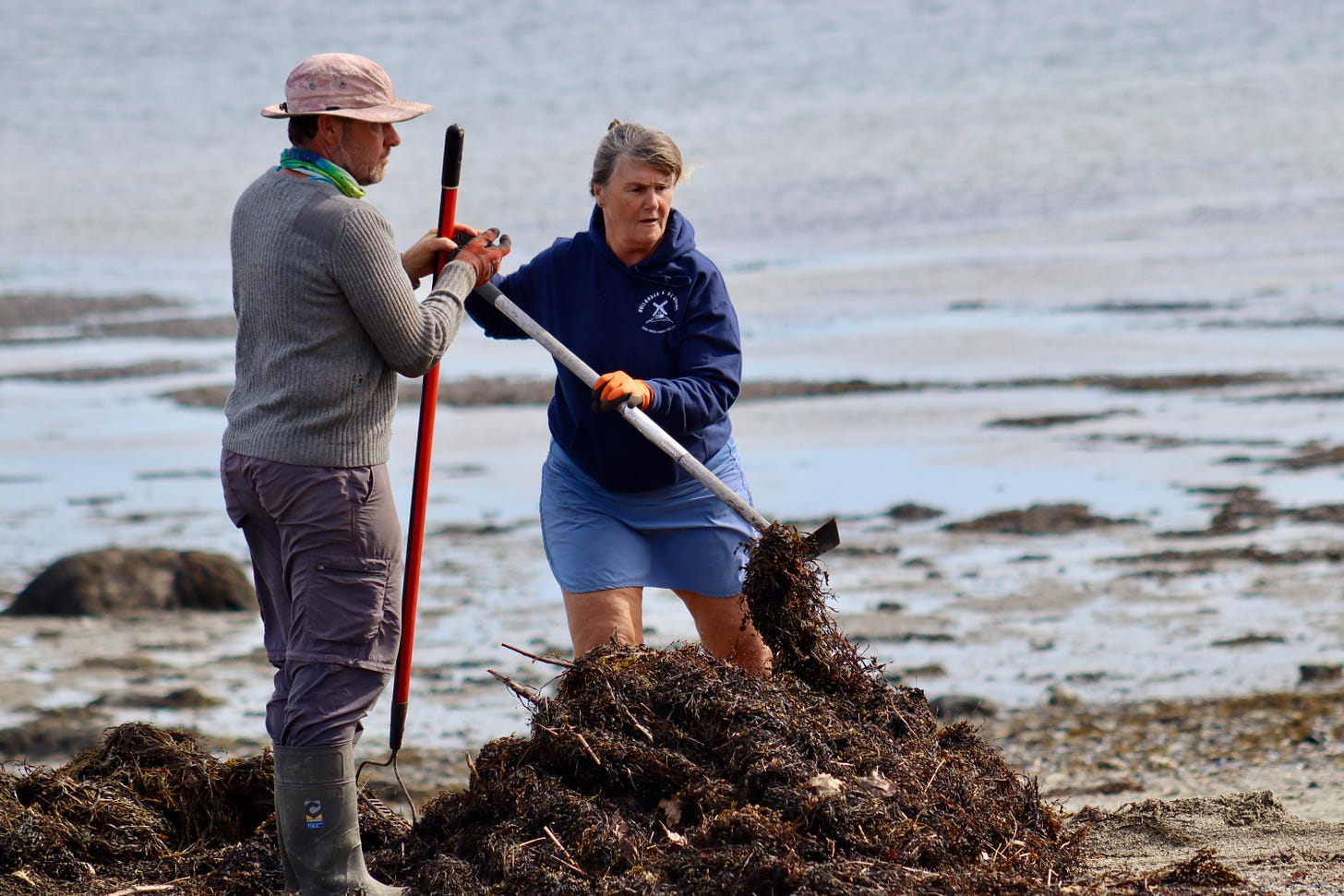
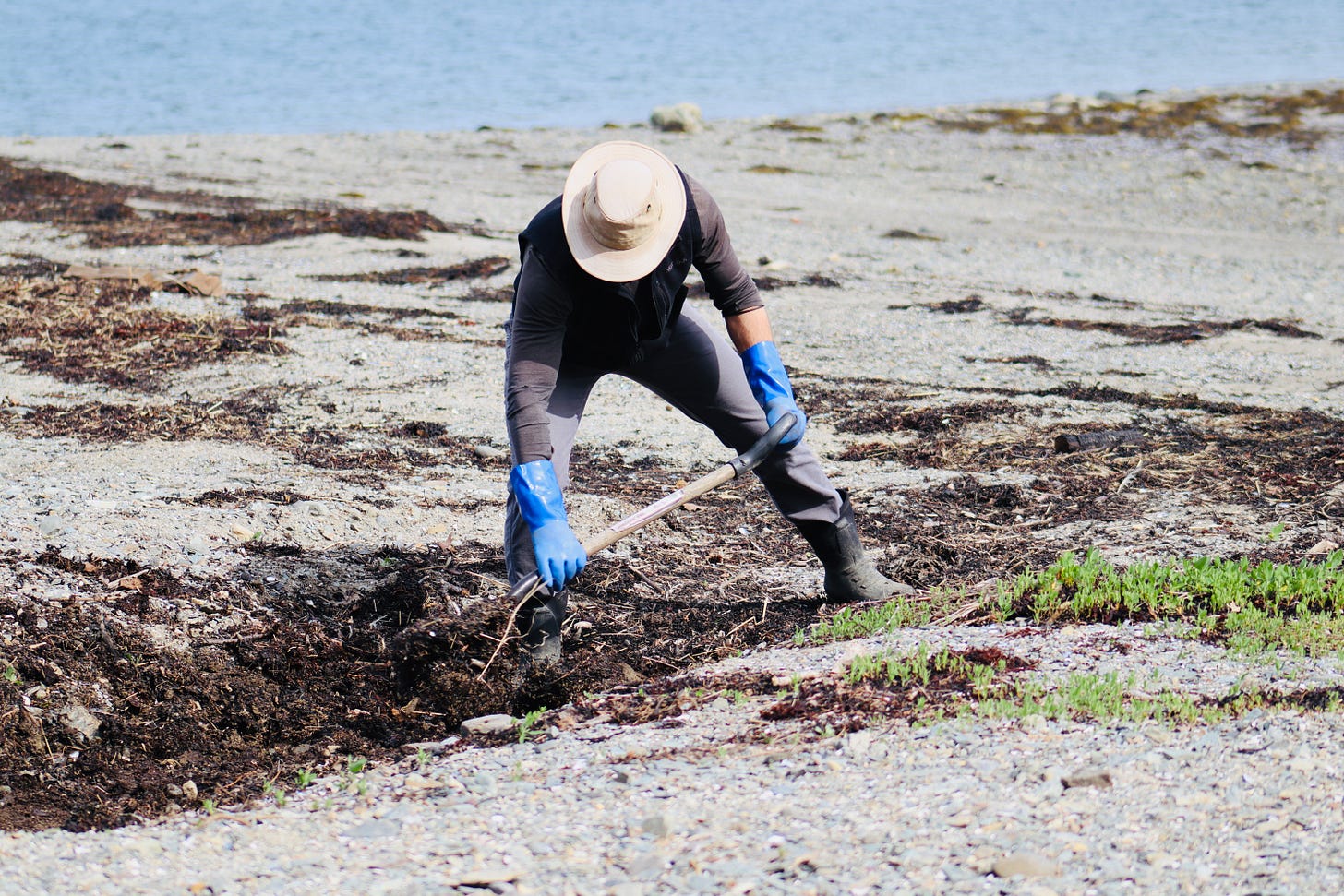
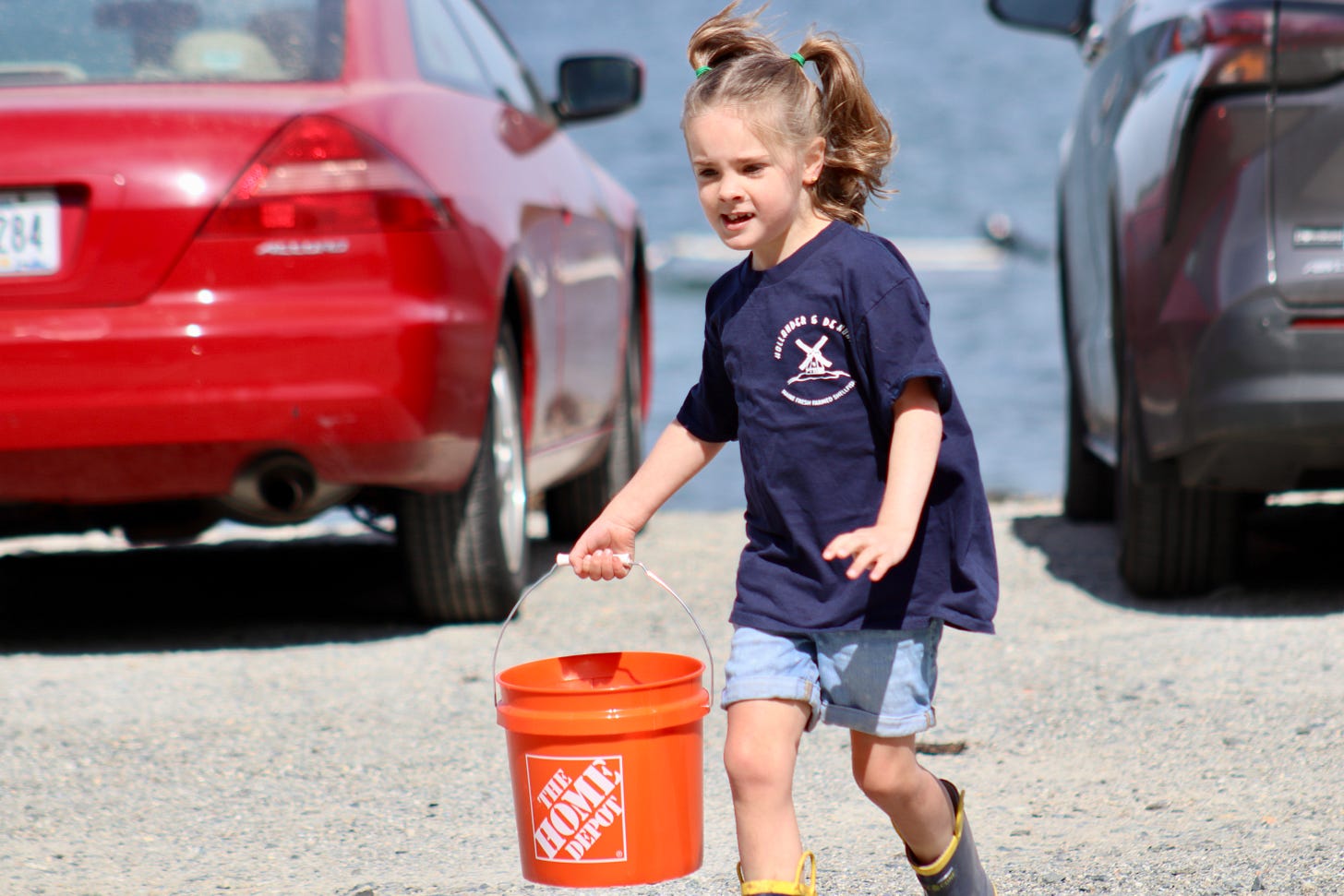
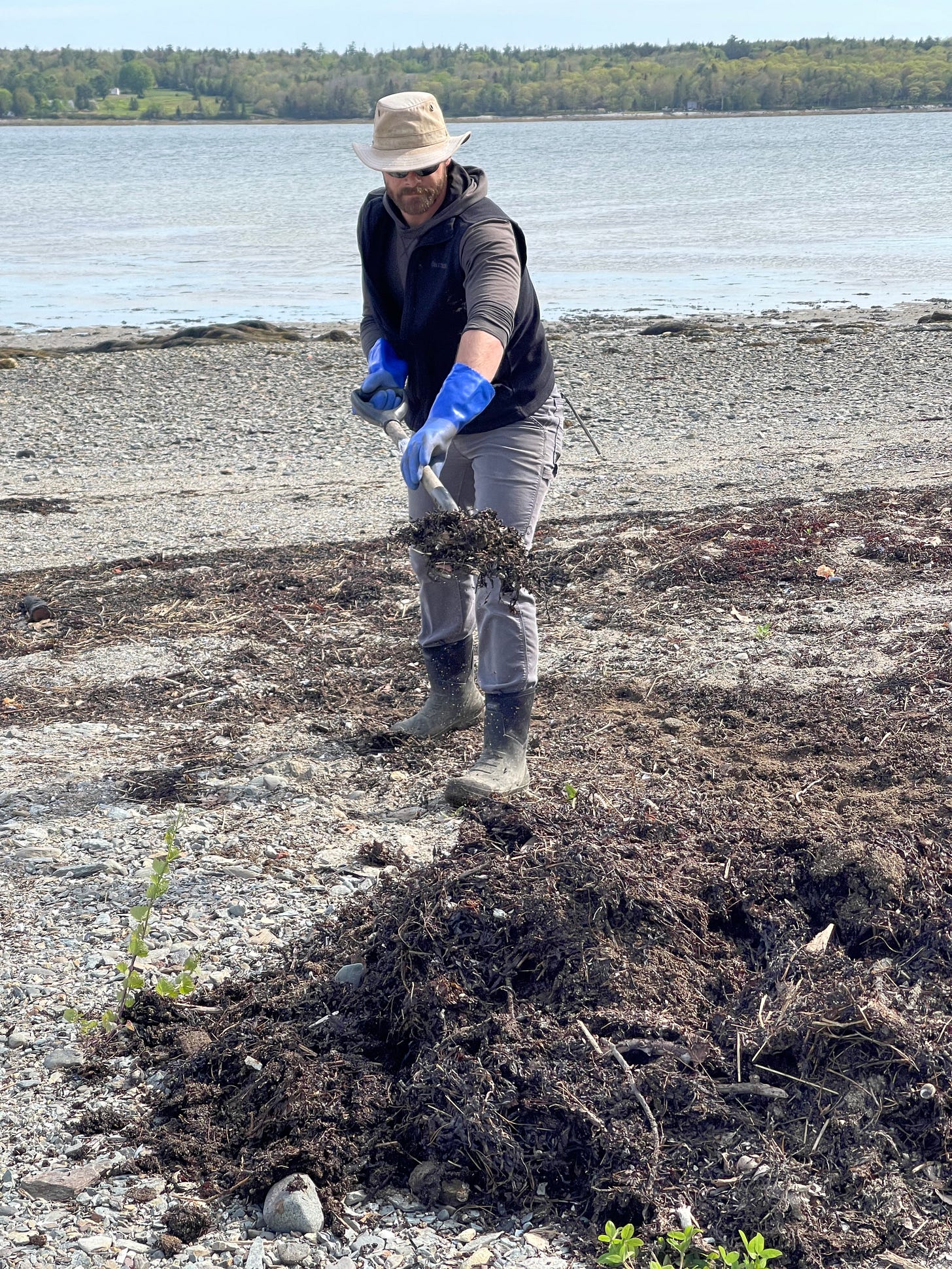
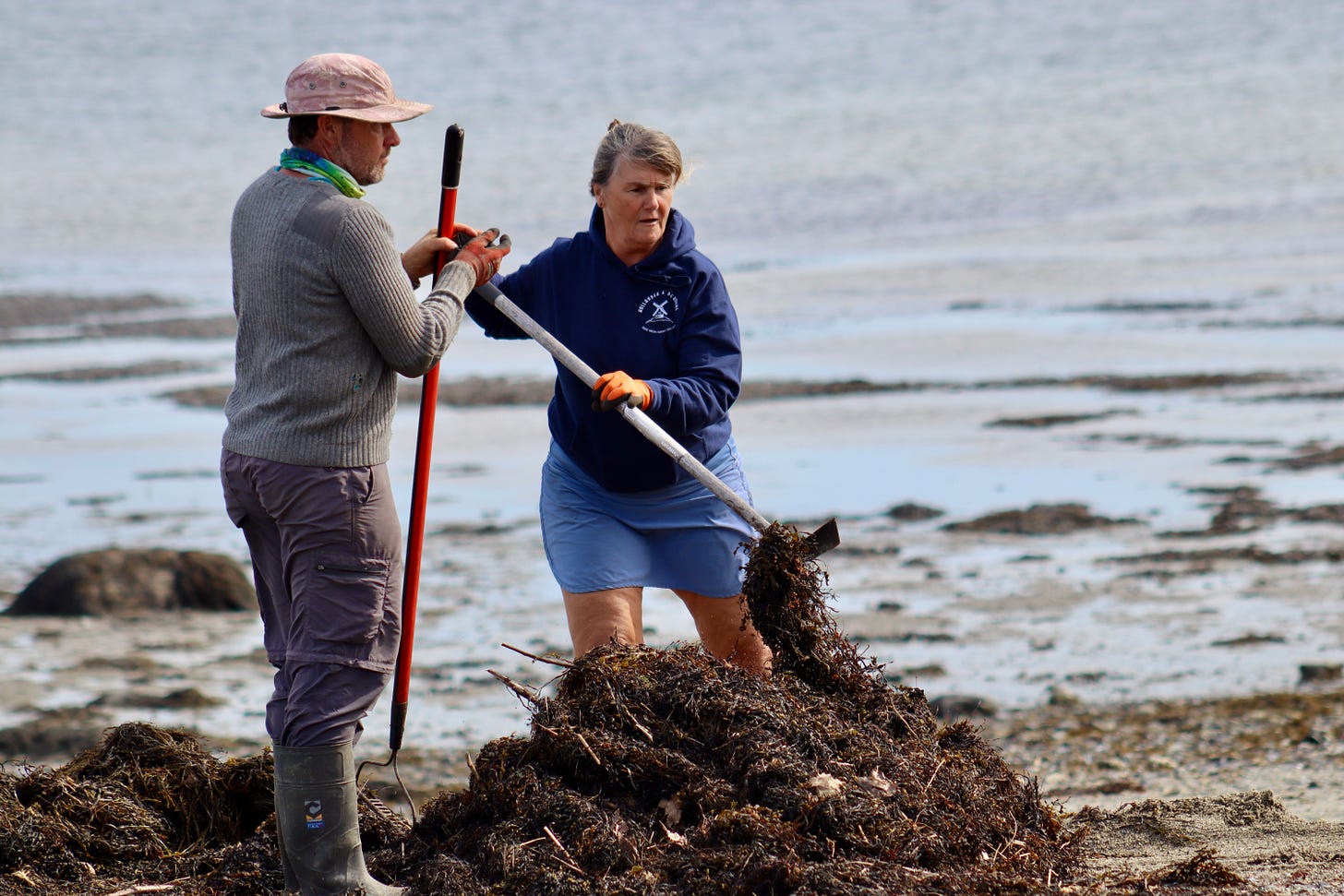
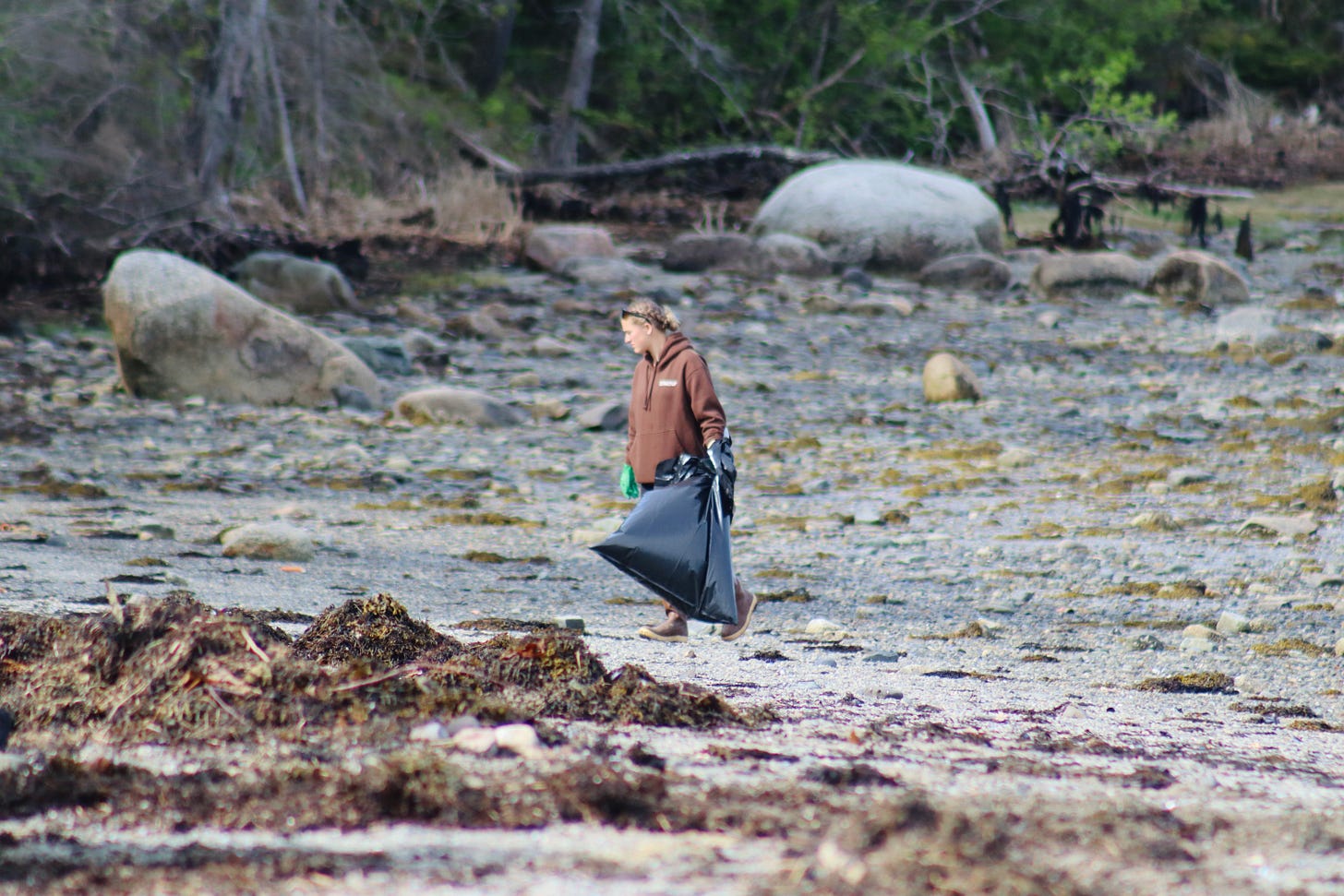
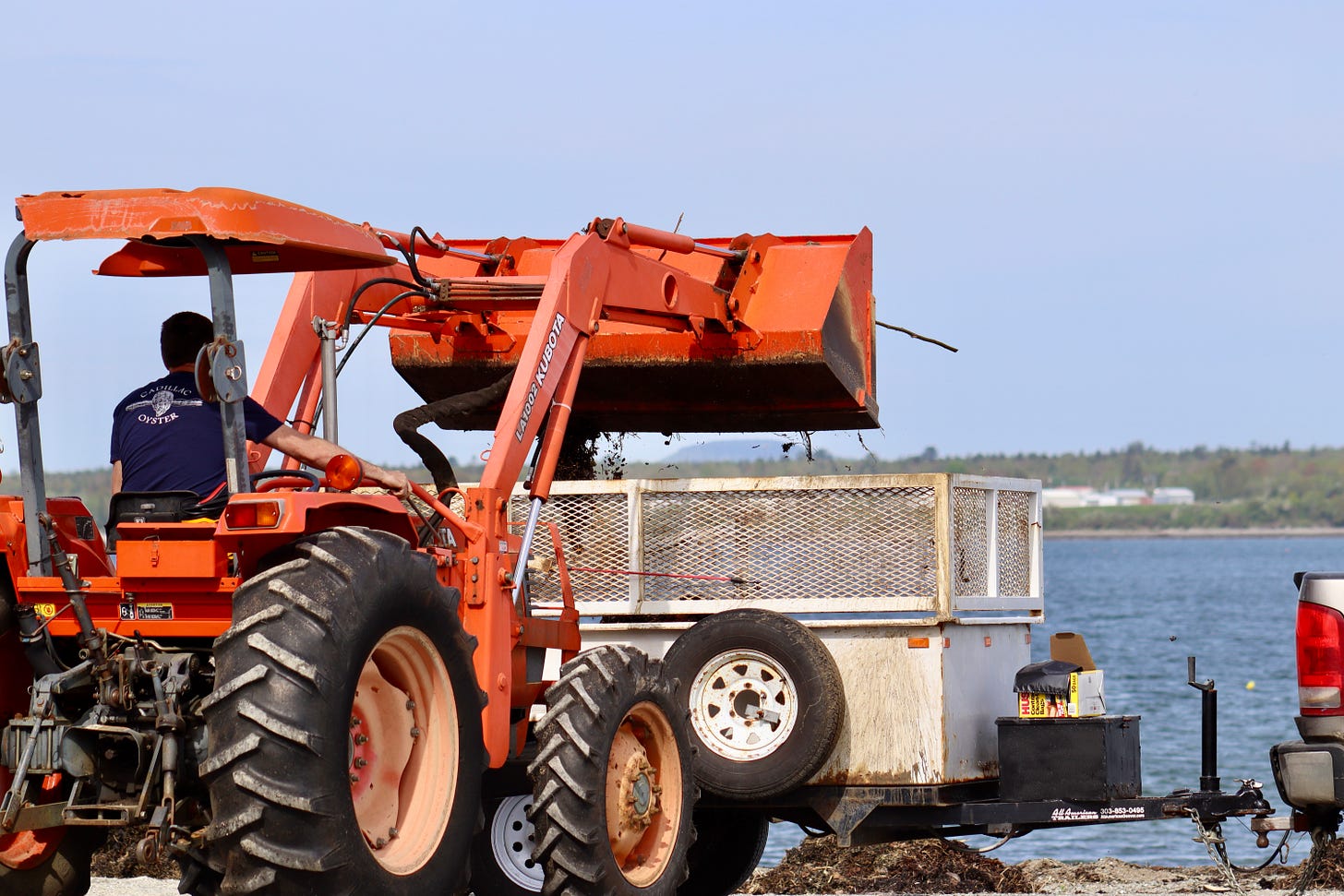
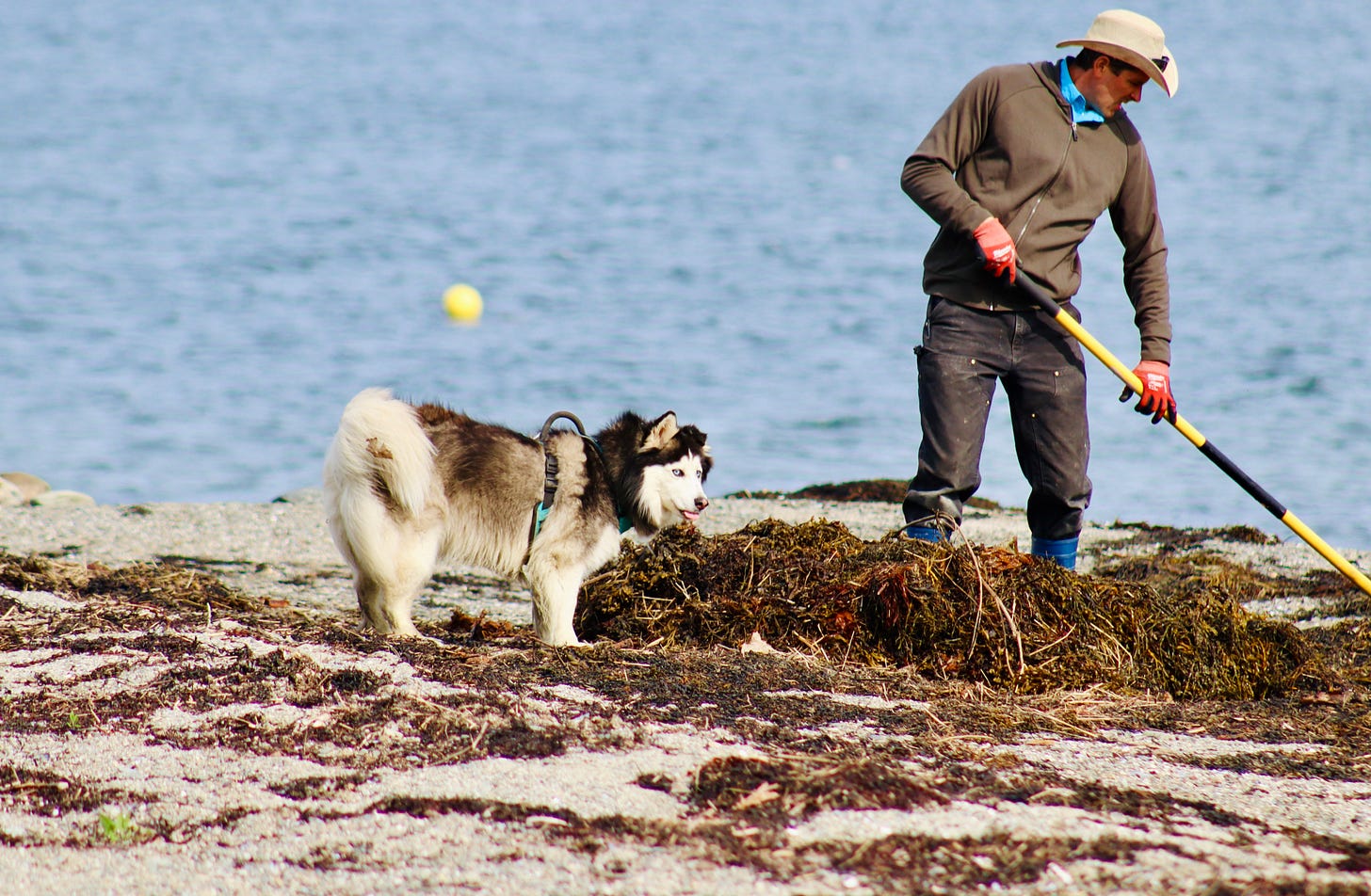
"People are just throwing them in the woods,” Fogg said of dog poop bags. “I don’t think people mean to do it.”
. . .
When de Konig spoke to a representative from Acadia National Park about how they encourage the removal of dog feces from the park, the staff member told her that most of the trash left is there inadvertently or because of a lack of understanding."
Seriously? People who throw dog poop bags in the woods "don't mean to do it" and people leave trash in Acadia "inadvertently or because of a lack of understanding."
I have long wondered about our island. Especially on FOA clean up days.
1. When people leave their poop bags on the side of the road or trail, and in the woods or on the beach - who do they think will clean up after them? Ditto for dirty diapers apparently thrown out or cars. (Yes, that happens.)
2. Is Budweiser the favorite beer of MDI? Or is Budweiser the favorite beer of those on MDI who drink while driving and toss their empties out the window? As a subcategory - on an island where people bicycle, special 'thanks' to those who throw glass bottles along the road.
Extra special ThankYou to neighbors and visitors who take it on themselves to clean up after the witless slobs who can't be bothered to clean up after themselves.